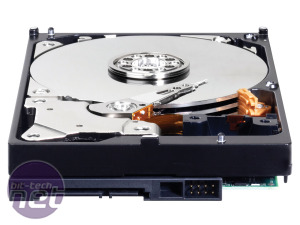PC gaming system requirements are simplified
If there's one complaint about PC games from our less technical friends, it's that the system requirements box reads rather like a presentation on particle physics from CERN to the uninitiated. Which shader version is my graphics card? How many cores does my CPU have? Do I have a Radeon HD 4850 or equivalent? Thankfully, the PC gaming business is looking into this, and the PC Gaming Alliance recently revealed some proposals to us.In short, it looks as though there are plans to simplify PC specs into categories called Generations, which are comparable to console generations. The idea is that PCs and components will be sold on the basis of the generation of technology and performance to which they conform.
For example, a PC with a 2GHz CPU, DX9 graphics and Windows XP could be classed as 7th Gen, in line with the PS3 and Xbox 360, while an 8th Gen PC could have a DX11 graphics chip and Windows 7. Of course, this is all still in the works at the moment, and none of it is set in stone, but we'll be very interested to see how this progresses.
Hard drives become pricier and SSDs become standard
The effect of the recent floods in Thailand on the storage business has really demonstrated the volatile nature of the technology industry. Now that Seagate and Western Digital are really the only manufacturers left, and with both of them manufacturing most of their hard drives in Thailand, we're now left with hard drives that cost almost 300 per cent more than they did just a couple of months ago.Of course, hard drives are still much more affordable than SSDs in terms of cost per gigabyte, and SSDs aren't going to take over quite yet, but many predict that 2012 will be the year in which SSDs become the standard primary storage system for PCs. The key to this, according to Gartner, will be in the middle of the year when the price of SSDs falls to $1 (65p) per gigabyte, meaning that a 240GB drive could potentially be bought for as little as £150.
Meanwhile, Kingston Technology has made similar predictions, telling Taiwanese tech site DigiTimes that the magic $1 per gigabyte figure would probably hit during the third quarter of 2012. What's more, with 19nm NAND on the horizon, it's predicted that the price of NAND flash memory will plunge even further during the year. This might not be enough to fully replace hard drives for affordable, large-scale local storage, but with hard drive stocks and prices not expected to fully recover for another couple of years, it's certainly enough to push SSDs fully into the mainstream.

MSI MPG Velox 100R Chassis Review
October 14 2021 | 15:04










Want to comment? Please log in.